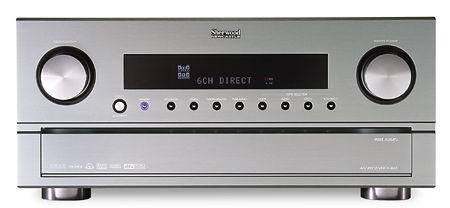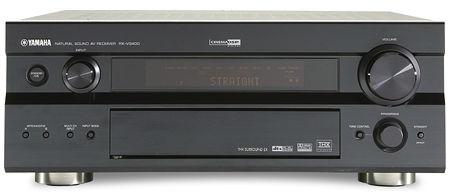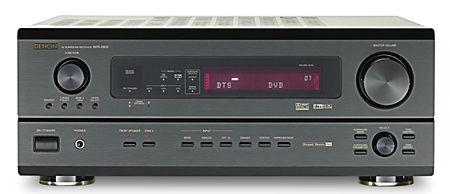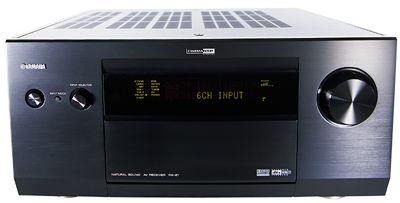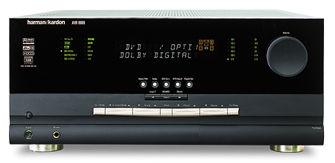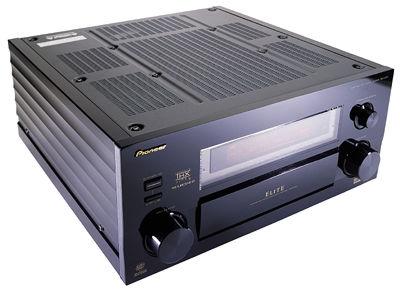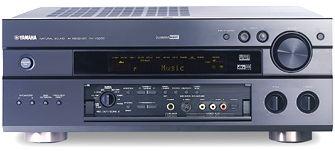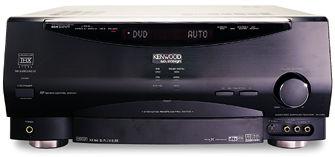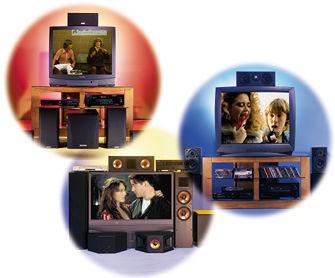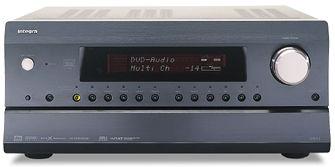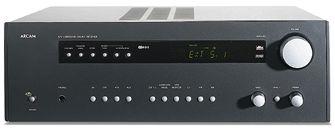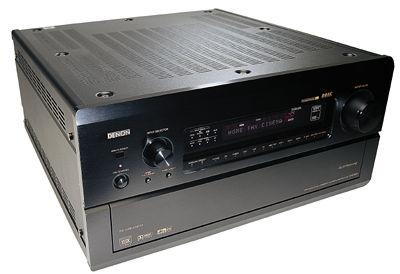|
Aug 19, 2004 |
First Published: Aug 01, 2004
|
Sep 01, 2003
|
Feb 05, 2003
|
Jun 17, 2002
|
Apr 09, 2002 |
First Published: Apr 10, 2002
|
Jan 03, 2002 |
First Published: Jan 04, 2002
|
Jun 28, 2001 |
First Published: Jun 29, 2001
|
Mar 31, 2001 |
First Published: Apr 01, 2001
